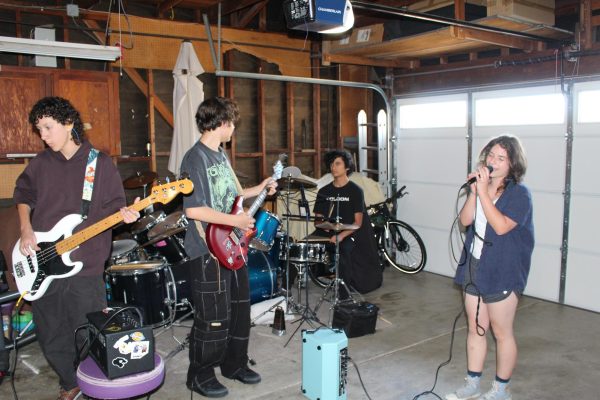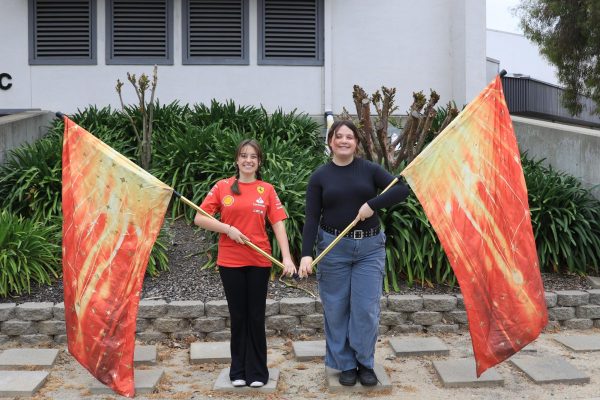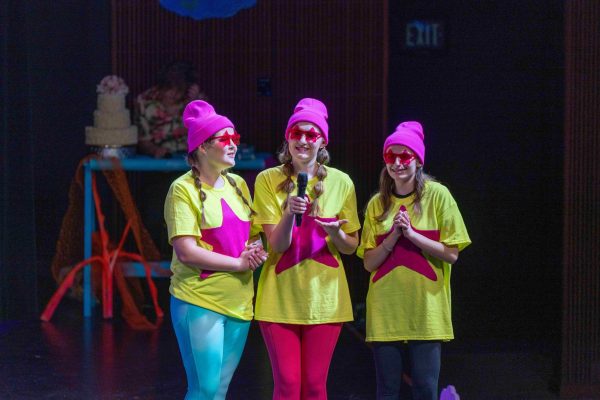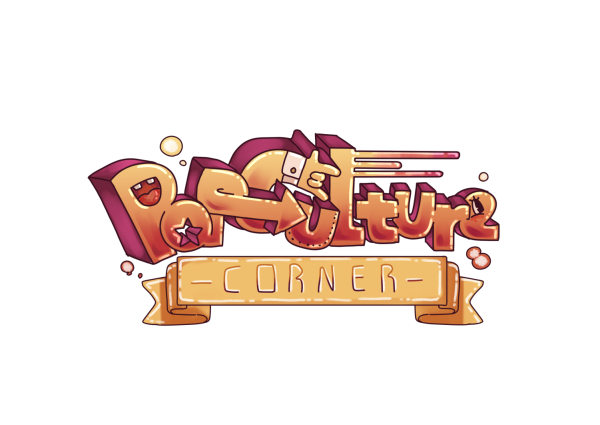‘Hereeee’s Johnny!’
Legendary director Stanley Kubrick leaves his mark at Bay Area exhibit
SAN FRANCISCO – “Say, ‘Hereeee’s Johnny’!” the tour guide said as she snapped a picture of me and my family.
Behind us was a movie poster of the iconic film, “The Shining” by the legendary filmmaker Stanley Kubrick, who has his own exhibit at the Contemporary Jewish Museum in San Francisco through Oct. 30.
When visitors enter “Stanley Kubrick: The Exhibition,” they are met with an entire wall of movie posters from the controversial director’s 16 films that spanned since the 50s to the 1999s. And no matter how many critics and fans debate over the late director’s films, it’s hard to deny that Kubrick presented some of the most unforgettably graphic messages through his work.
Considered one of the most influential movie directors of all time, Kubrick holds true to this title with his works such as “A Clockwork Orange,” “2001: A Space Odyssey,” “The Shining,” and “Full Metal Jacket.”
Among the long list of movie directors, Kubrick stands out. Though his achievements are small compared to other larger scale directors – he won only one Academy Award for special effects – his influence exceeds others.
Since his death at the age of 70 the enthusiasm for all things Kubrick has manifested into several exhibitions featuring his creations. Originally displayed at the Deutsches Filmmuseum in Frankfurt, Germany, the Kubrick exhibition has traveled worldwide.
The show, which opened its four-month Bay Area run on June 30, contains more than 1,000 items that were a part of Kubrick’s life. Starting with his early career as a photographer for Look magazine in the 1940s, the exhibition recognizes his first films with Kirk Douglas in “Spartacus” and “Paths of Glory” to his 1960s, ’70s and ’80s blockbusters, including “Lolita,” “2001: A Space Odyssey” and “The Shining.”
Upon entering the exhibition, there are many decorations on the walls that pay tribute to Kubrick’s films. In addition to the film posters, there is wallpaper that matches the design of the iconic carpet from “The Shining.”
The hallway opens into an expansive room which is divided into segments featuring all of his films in chronological order.
As a native New Yorker who relocated to England in order to further develop film, Kubrick collected many small momentos, such as scripts, letters, sketches, props and costumes and which he brought it along with him.
Underneath each segment, viewers of the gallery can see the production of his films, along with memorabilia.
As for the highlights of the exhibit, there were many visually fascinating pieces, including a display of eerie Venetian masks from his final film, “Eyes Wide Shut,” and costumes from “Barry Lyndon” and “Spartacus.”
There is also the famous axe Jack Nicholson’s character chased his wife and son with in “The Shining,” as well as the typewriter used to repeatedly type, “All work and no play makes Jack a dull boy.”
One surprising display is a room that contains all of Kubrick’s abandoned or unfinished works.
There is a bookcase full of novels and encyclopedias on Napoleon’s life that were used for research, as well as early sketches for the film “A.I. Artificial Intelligence,” which was later completed by Steven Spielberg and released in 2001.
Kubrick’s films could be considered the holy grail of cinematic success. He embraced what was different and experimented with the new, resulting in controversial and thought-provoking films.
There is still much to learn from Kubrick. “Stanley Kubrick: The Exhibition” is an arrow pointing to many of the wonders Kubrick left behind with his legacy, and many are excited to witness the fragments of his legacy.



